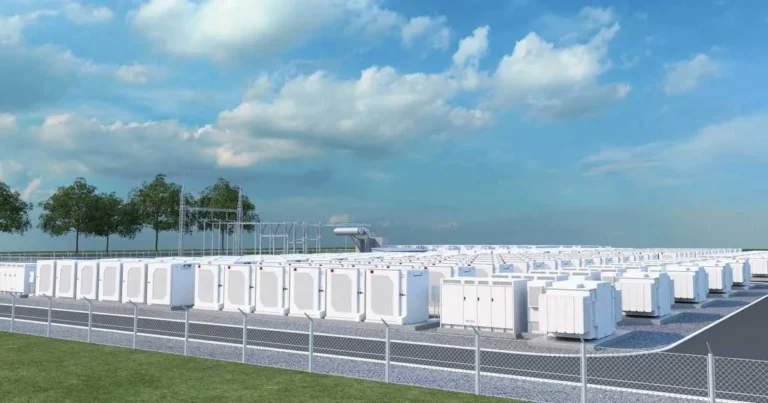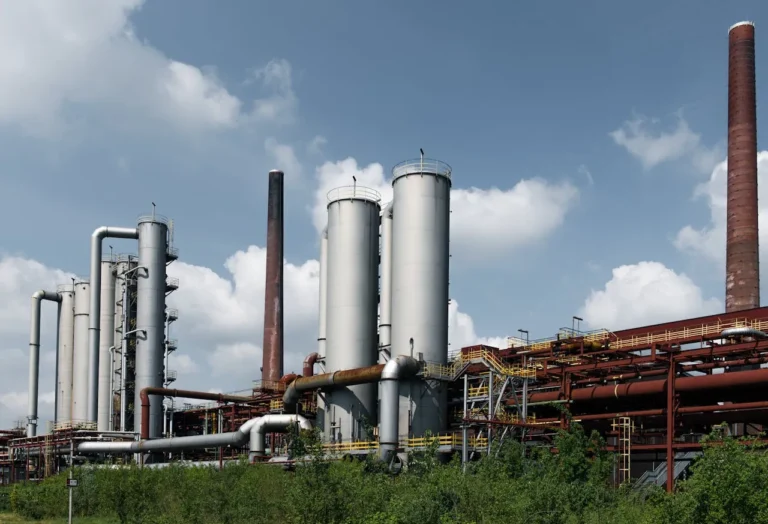
BWXT Joint Venture Secures $2.6 Billion U.S. Department of Energy Contract to Manage Strategic Petroleum Reserve
BWX Technologies, Inc. has announced a major milestone in its growing relationship with the U.S. Department of Energy (DOE), revealing that a joint venture involving its subsidiary has been awarded a significant federal contract to manage and operate the United States Strategic Petroleum Reserve (SPR). The project represents a key component in the nation’s energy security framework and carries an estimated value of approximately $2.6 billion over a 10-year period.
The newly formed joint venture, Strategic Storage Partners, LLC, is a partnership between lead parent company APTIM Federal Services and BWXT Technical Services Group, Inc., a division of BWXT. This alliance brings together two organizations with extensive experience in managing large-scale infrastructure and energy-related facilities. The awarded contract consists of a five-year base term with an additional five-year option, potentially extending the work through the next decade.
A Strategic Partnership with National Security at its Core
The Strategic Petroleum Reserve was established in 1975 following the oil embargo crisis of the early 1970s. Its central purpose is to provide a robust and reliable emergency crude oil stockpile to mitigate potential disruptions in the supply of petroleum products. It also serves to fulfill the United States’ international obligations under the International Energy Program, which was established by the International Energy Agency (IEA) to enhance global energy security and cooperation among member nations.
With a current authorized storage capacity of approximately 714 million barrels, the SPR is the largest emergency crude oil reserve in the world. The vast reserves are stored in massive, specially engineered underground salt caverns located at four key sites: Bryan Mound and Big Hill in Texas, and West Hackberry and Bayou Choctaw in Louisiana. These salt dome formations provide natural geologic structures ideal for long-term petroleum storage due to their integrity, low cost, and security against environmental threats.
The Contract: Scope, Strategy, and Innovation
Under the newly awarded contract, Strategic Storage Partners, LLC will be responsible for a wide range of mission-critical operations. These include:
- Operating and maintaining the SPR facilities, including infrastructure, pipelines, and storage systems;
- Ensuring compliance with strict federal and industry quality assurance standards, particularly in safety, environmental performance, and operational reliability;
- Developing and deploying innovative operational strategies to enhance efficiency and readiness;
- Implementing continuous improvement practices and advanced maintenance protocols to reduce risks and costs over time.
This comprehensive scope of work reflects the Department of Energy’s long-standing emphasis on modernizing and safeguarding national energy assets. With energy supply volatility becoming an increasingly complex global challenge—due to geopolitical tensions, climate impacts, and evolving markets—the SPR plays a central role in buffering the U.S. economy against potential shocks.

APTIM and BWXT: Industry Leaders in High-Stakes Infrastructure
The joint venture combines the complementary strengths of its two parent organizations. APTIM Federal Services brings deep experience in engineering, environmental remediation, and facility operations for government clients, including FEMA and the Department of Defense. The company has demonstrated capabilities in managing critical infrastructure under high regulatory scrutiny.
BWXT Technical Services Group, Inc., on the other hand, is widely recognized for its work managing some of the U.S. government’s most sensitive and technically demanding operations. BWXT has decades of experience operating facilities in the nuclear energy, national security, and advanced manufacturing sectors. The company’s history includes operating high-consequence laboratories, producing nuclear components, and managing strategic sites across the country.
Heatherly Dukes, president of BWXT Technical Services Group, emphasized the importance of this partnership in a formal statement:
“As a premier operator of complex, high-consequence facilities in the U.S. and abroad, BWXT is honored to join with APTIM in adding this mission to our portfolio of work for the Department of Energy. The Strategic Petroleum Reserve is a vital element in protecting our nation’s economic and security interests, and we look forward to bringing our expertise in safe, secure, high-quality operations to this vital part of the nation’s energy infrastructure.”
The Strategic Petroleum Reserve: A Vital National Asset
Over the years, the SPR has been utilized on several occasions to stabilize energy markets or support national emergency responses. Notable releases of crude oil from the reserve occurred during:
- The Gulf War in 1991, when 17 million barrels were released in coordination with allies;
- Hurricane Katrina in 2005, which damaged Gulf Coast refineries and pipelines;
- The Libya crisis in 2011, under the IEA’s coordinated action;
- And most recently, in 2022, when the Biden administration authorized the largest release in SPR history—180 million barrels—amid supply disruptions and price inflation resulting from the war in Ukraine and post-pandemic market volatility.
These actions underscore the SPR’s role as both a tool of energy diplomacy and a national insurance policy. The reserve enhances market stability and acts as a buffer during unexpected geopolitical events, natural disasters, or economic crises.
Modernizing Energy Infrastructure
As the world moves toward a more complex and diverse energy future, the role of oil—and by extension, the SPR—is evolving. While global efforts to decarbonize energy systems continue, petroleum remains integral to transportation, defense, aviation, and industrial applications.
Therefore, ensuring the integrity, flexibility, and operational readiness of the SPR is not only a matter of legacy energy policy but a crucial component of the broader energy transition. The DOE has recently signaled interest in modernizing SPR infrastructure, optimizing maintenance practices, and ensuring integration with other national energy systems, including potential roles for carbon storage or alternative fuels in the future.
The involvement of companies like BWXT and APTIM—who bring both traditional infrastructure capabilities and innovation-driven strategies—may position the SPR to adapt to this changing landscape.
Economic and Regional Impact
The contract is expected to have positive economic effects across several regions, particularly the Gulf Coast areas of Texas and Louisiana, where SPR facilities are located. Local employment opportunities, subcontracting to regional vendors, and engagement with technical institutions for workforce development are all likely byproducts of the project.
This contract also aligns with the Biden administration’s broader priorities around strengthening domestic infrastructure, improving energy resilience, and increasing federal investment in American jobs and communities.










